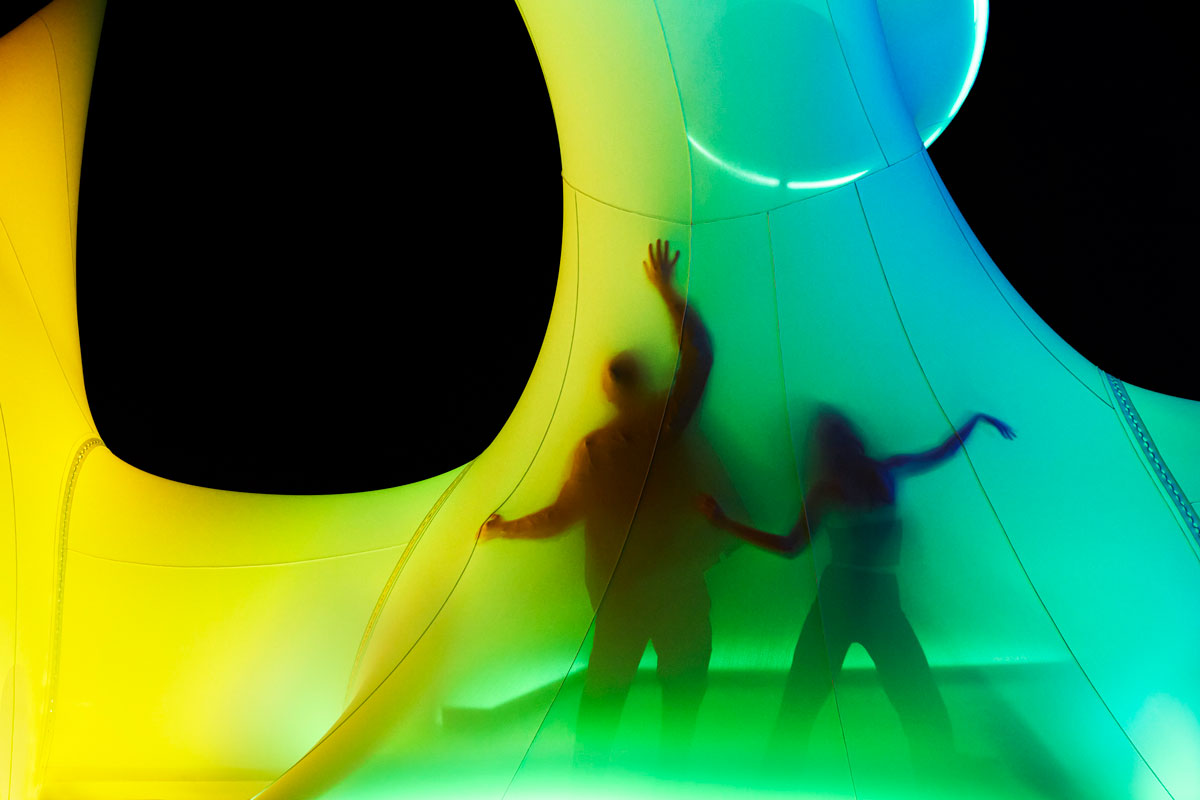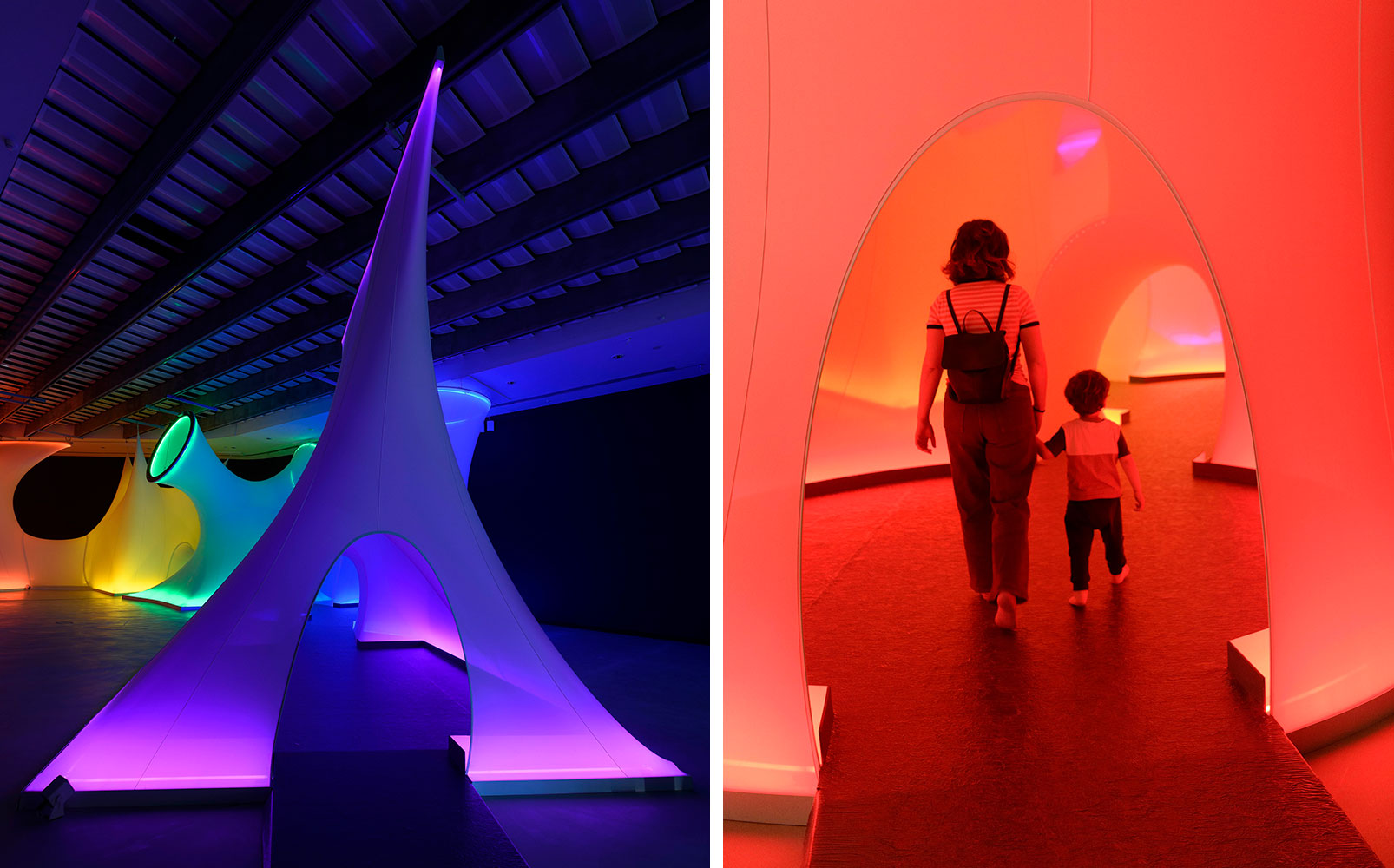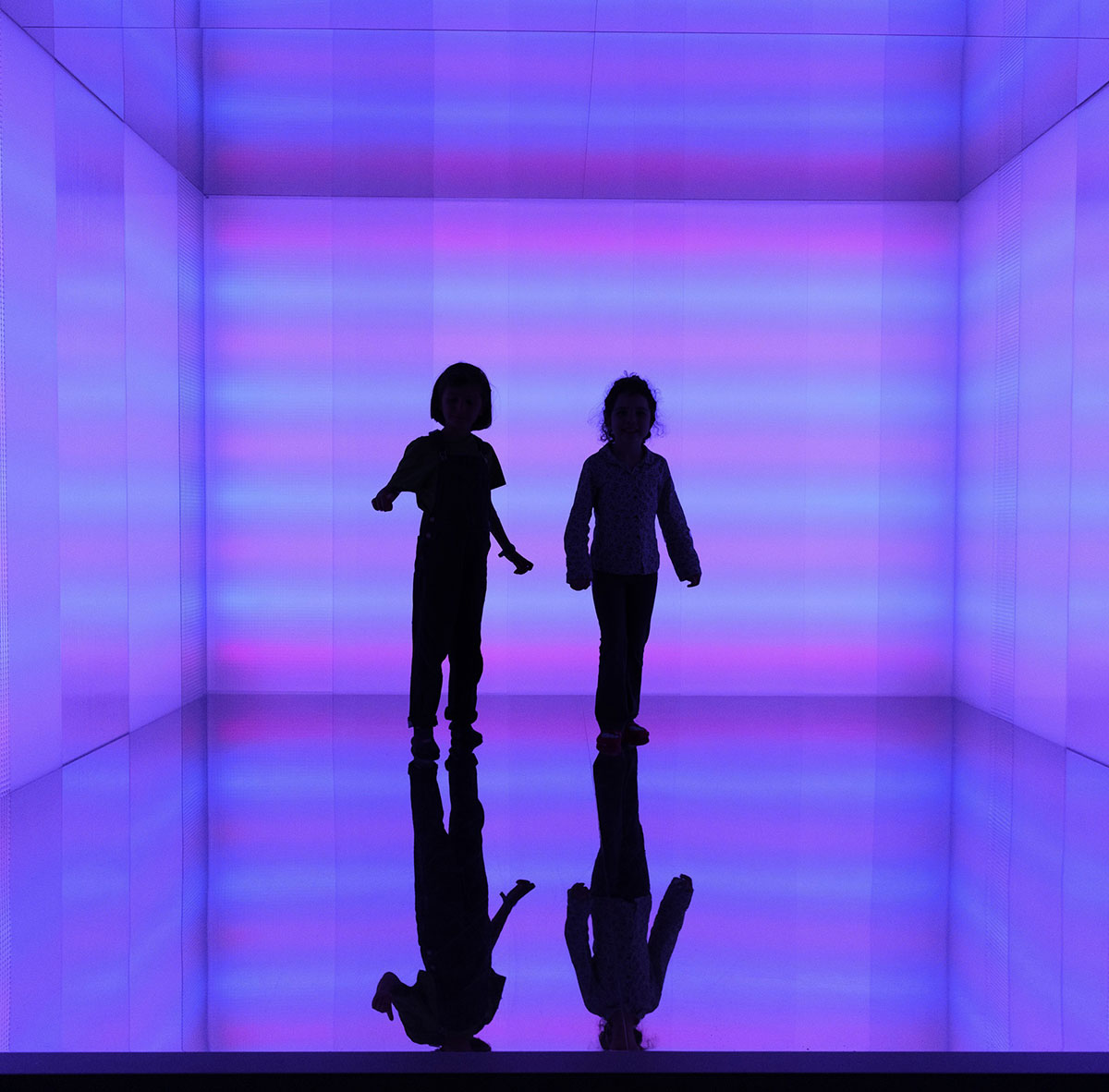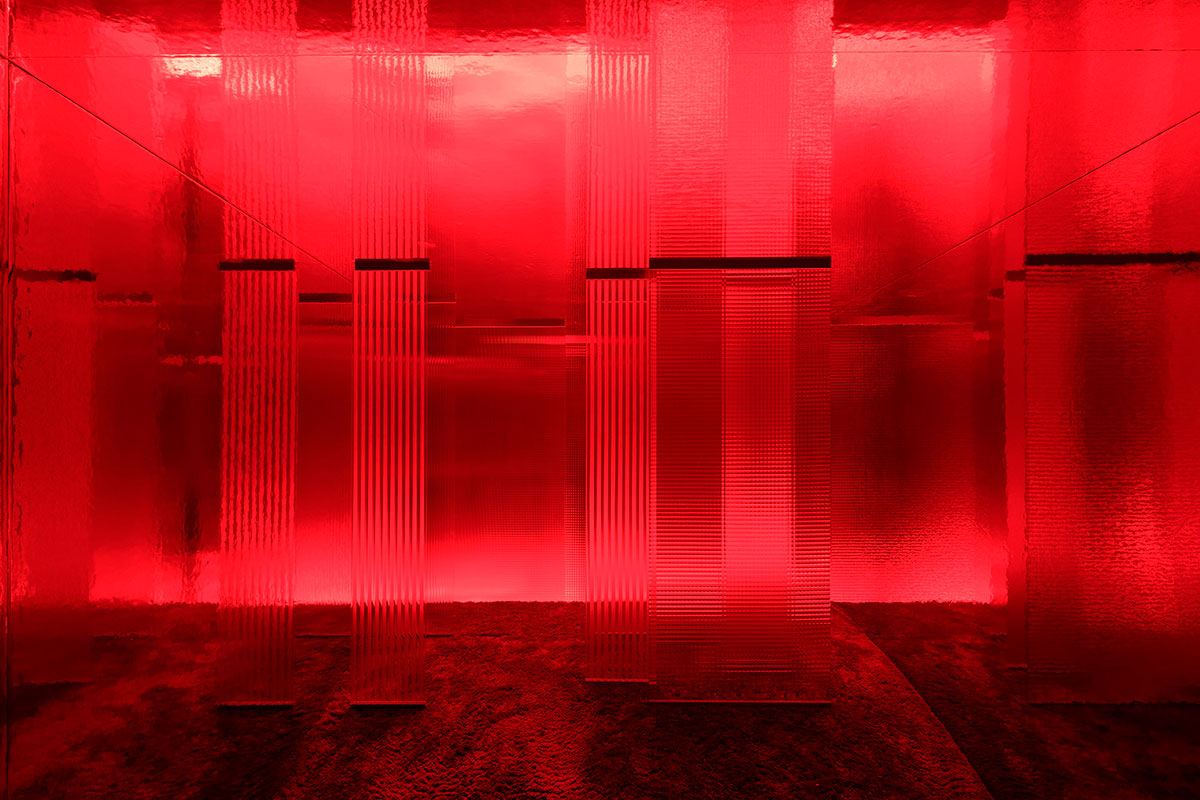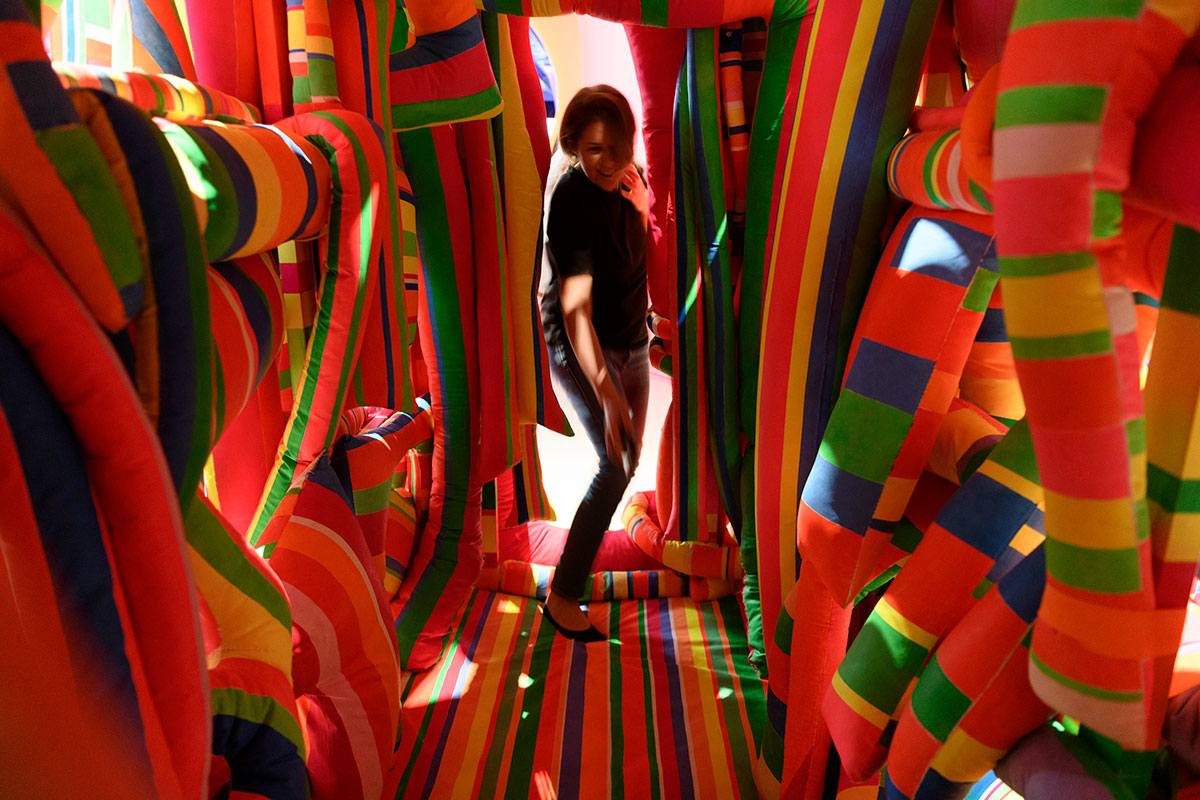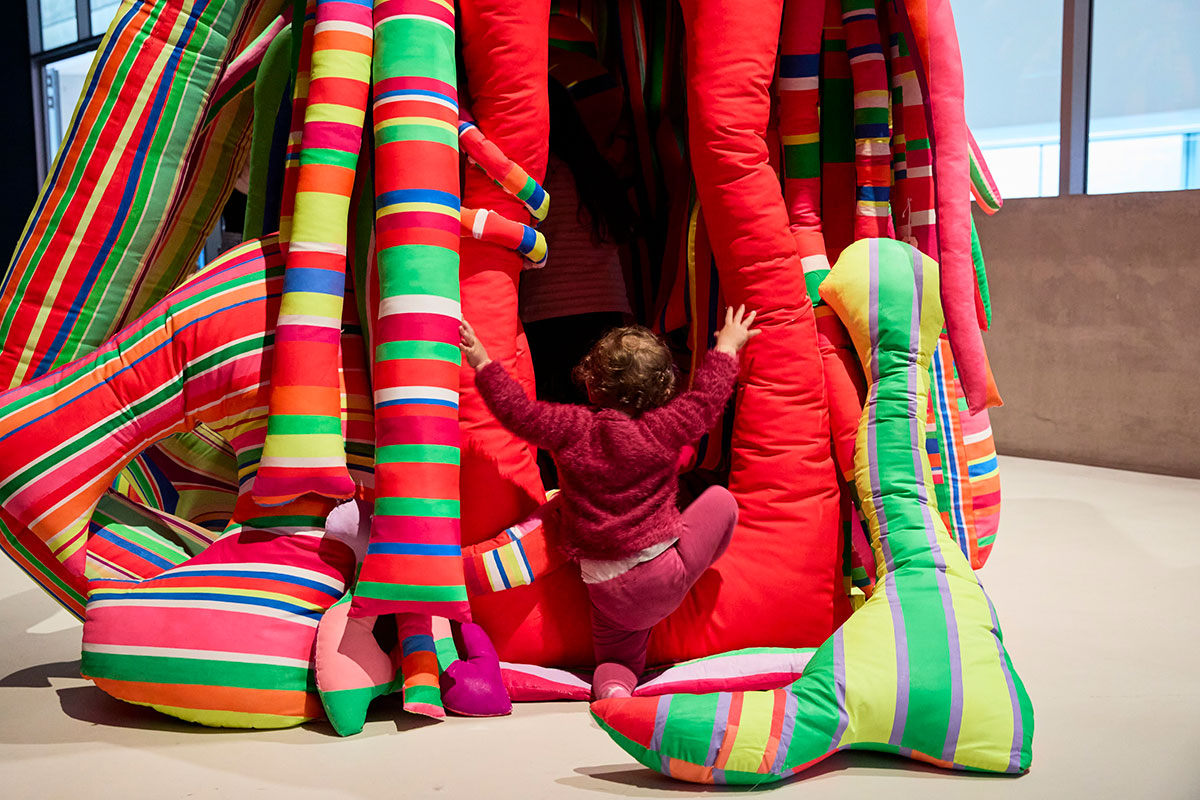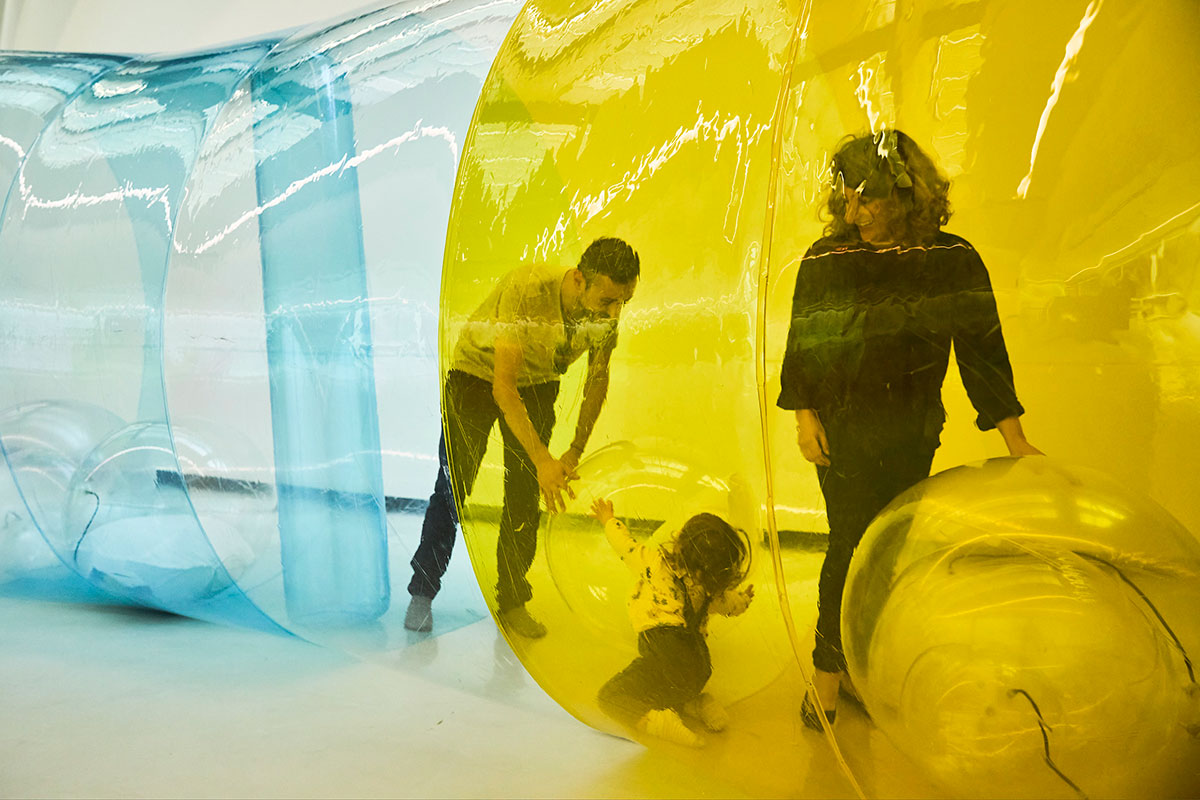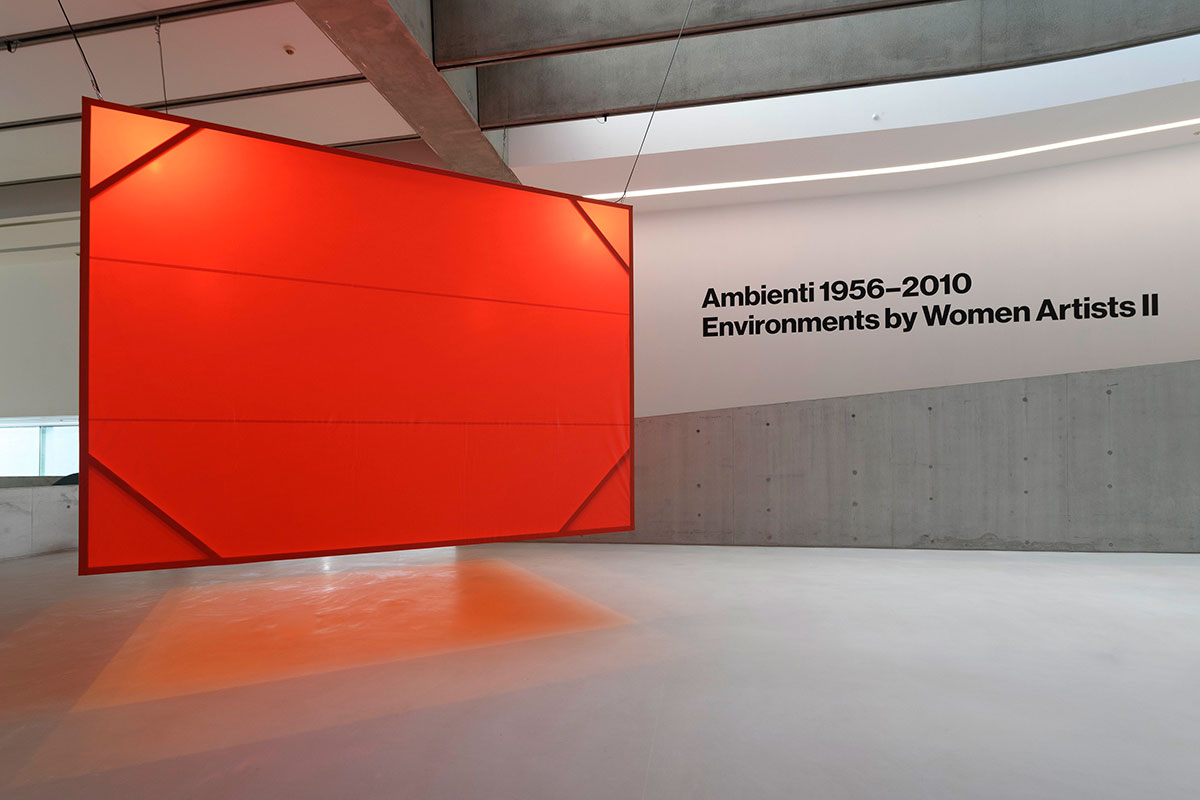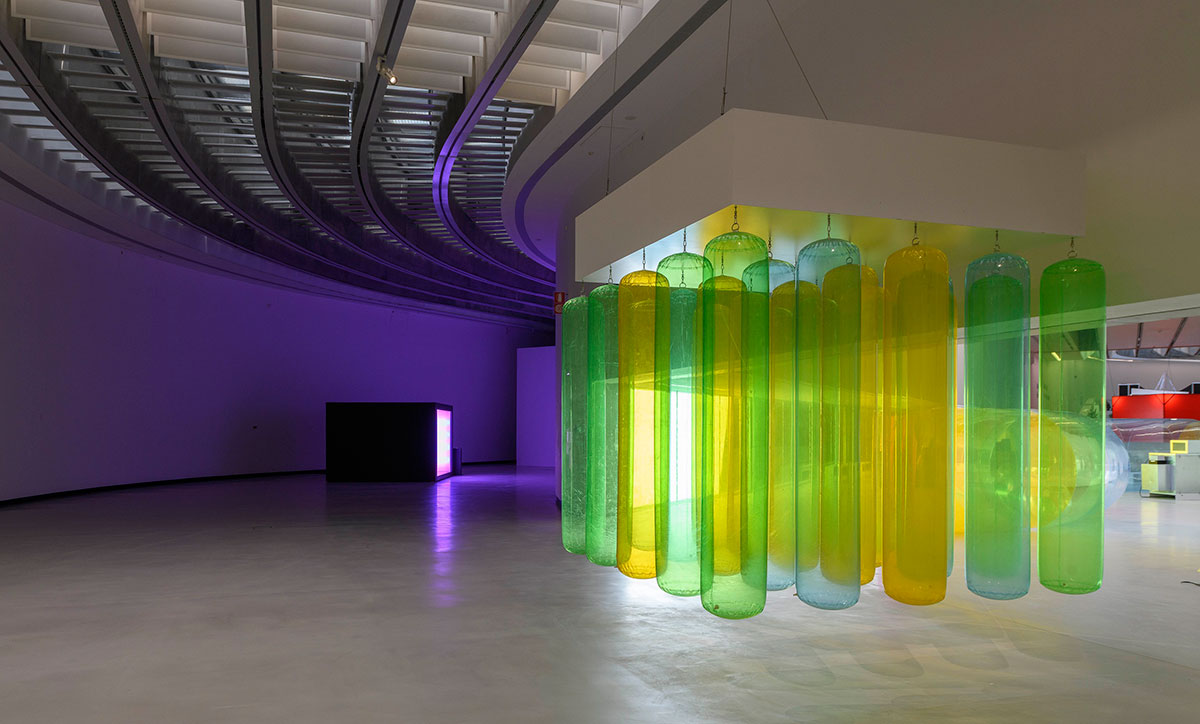PRESENTATION: Ambienti 1956-2010. Environments by Women Artists II
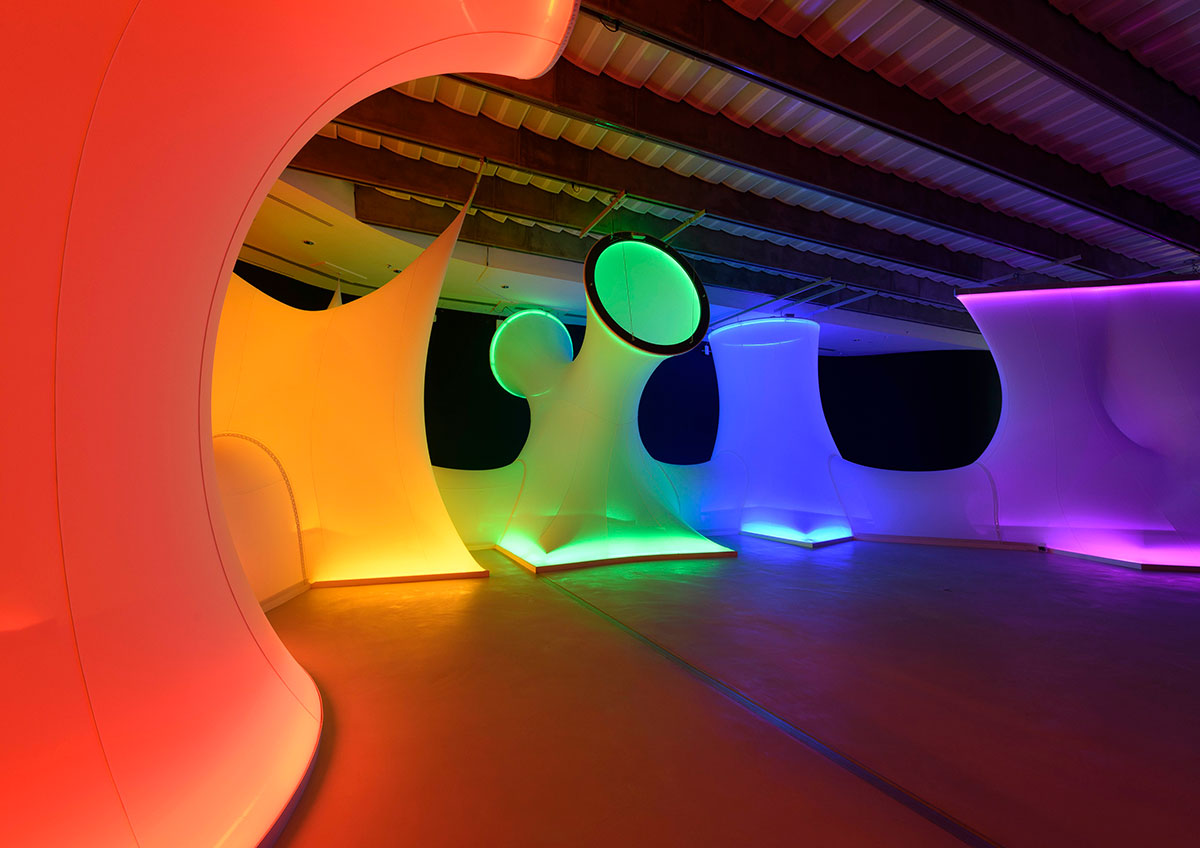 The exhibition “AmbientI 1956 – 2010. Environments by Women Artists II” is developed by the MAXXI and by the Haus der Kunst in Munich. It is the first major exhibition of 2024 at the MAXXI, and represents the next chapter of “Inside Other Spaces: Environments by Women Artists 1956–1976”, a project conceived by the Haus der Kunst in 2023, which highlighted the fundamental contribution of women to the history of what is perhaps one of the least explored forms of artistic expression.
The exhibition “AmbientI 1956 – 2010. Environments by Women Artists II” is developed by the MAXXI and by the Haus der Kunst in Munich. It is the first major exhibition of 2024 at the MAXXI, and represents the next chapter of “Inside Other Spaces: Environments by Women Artists 1956–1976”, a project conceived by the Haus der Kunst in 2023, which highlighted the fundamental contribution of women to the history of what is perhaps one of the least explored forms of artistic expression.
By Efi Michalarou
Photo: MAXXI Archive
At the crossroads of art, architecture and design, these environments are three-dimensional and immersive works. They are activated thanks to the interaction of the audience and completed by human presence. The exhibition “AmbientI 1956 – 2010. Environments by Women Artists II” continues the research of the German museum and expands its original timeline (1956 – 1976), extending it to 2010, the year of completion of the Museum’s architecture designed by Zaha Hadid. Welcoming the visitor in Piazza Alighiero Boetti is Monica Bonvicini’s artwork “Don’t Miss a Sec”, which invites the audience to reflect on the boundary between public and private. To the left the MAXXI, designed by Zaha Hadid, is effectively part of the exhibition project as both an envelope and an environment. There are several possible entrances to the exhibition, which occupies the entire first floor of the museum. The first is the staircase rising from the hall, directing the gaze towards the succession of environmental works. We start with Tsuruko Yamazaki’s artwork “Red (Forma di una zanzariera)”, consisting of a suspended red vinyl tent reminiscent of traditional mosquito nets used in Japan. On the following terrace, Martha Rosler’s work, “If You Lived Here…”, highlights urgent social issues such as housing emergencies. On the third terrace, “A casa é o corpo” by Lygia Clark is a sensory journey that goes through the experiences of conception and birth. Nalini Malani’s first participatory installation, “Alleyway, Lohar Chawl”, compares the working-class neighbourhood of Lohar Chawl, where the artist lives and works, with the upscale and trendy neighbourhood of South Mumbai. “The Bird Tree”, an important sound installation by Christina Kubisch, is a large tree made of electrical cables that allows listeners to hear bird songs from around the world. With “To Breathe” Kimsooja makes light and reflection essential components of the space. Continuing into Gallery 2, we encounter “Ambiente spaziale: “Utopie” nella XIII Triennale di Milano” created by Lucio Fontana and Nanda Vigo and “Ambiente cronotopico vivibile”, where the visitor’s image multiplies infinitely. Laura Grisi’s artwork “Vento di s.e. velocità 40 nodi” surprises the visitor with a strong sudden airflow. Lea Lublin’s “Penetración / Expulsión” addresses the theme of human reproduction through various elements, including a tunnel resembling an umbilical cord. In Micol Assaël’s “Sleeplessness”, the visitor is forced to ponder in the dimness of an empty and cold environment. Conversely, in the area behind the elevator, Tania Mouraud’s steel tower “We used to know” emits ultrasound and infrasound; it is illuminated and heated up to 45 degrees. At the exit, Judy Chicago’s “Feather Room” fills the space with nearly 150 kilograms of feathers, 50 cm high. At the exit of the elevator in Gallery 4, which is another possible entrance to the exhibition, Esther Stocker’s first environmental artwork created in 2004, “Il termine “affine” attrae la nostra attenzione anche se in realtà non significa nulla”, expands into space, taking up the floor, the walls, and the ceiling. Alexandra Kasuba’s monumental artwork “Spectral Passage” offers the viewers the opportunity to enter a rainbow. To its left, the inclined floor leads to “Sip My Ocean”, Pipilotti Rist’s video environment featuring underwater bodies, shapes, and objects, doubling and drifting away before reassembling and disappearing into the gap between the two walls. Moving on towards the Foyer at the entrance of Gallery 3, in Marta Minujín’s environment “¡Revuélquese y viva!” hand-painted mattresses of various shapes resonate with the iconic timeless hits of the Beatles. The exhibition project is enriched by “Ambiènte Archìvio”, an in-depth exploration created by the MAXXI Art Archives Center, which narrates the evolution of spatial research through the various interpretations of the term “environment” from 1949 to 2010.
Works by: Judy Chicago, Lygia Clark, Laura Grisi, Aleksandra Kasuba, Léa Lublin, Marta Minujín, Tania Mouraud, Nanda Vigo and Tsuruko Yamazaki are joined by Micol Assaël, Monica Bonvicini, Zaha Hadid, Kimsooja, Christina Kubisch, Nalini Malani, Pipilotti Rist, Martha Rosler and Esther Stocker.
Photo: Aleksandra Kasuba, A Spectral Passage, 1975 – 2023, Exhibition view “AMBIENTI 1956 – 2010. Environments by Women Artists II”, MAXXI-Rome, 2024, Photo: Giorgio Benni, Courtesy MAXXI
Info: Curators: Andrea Lissoni, Marina Pugliese, Francesco Stocchi, MAXXI (Museo nazionale delle arti del XXI secolo), Via Guido Reni, 4a, Rome, Italy, Duration: 10/4-20/10/2024, Days & Hours: Tue-Sun 11:00-19:00, www.maxxi.art/en/
